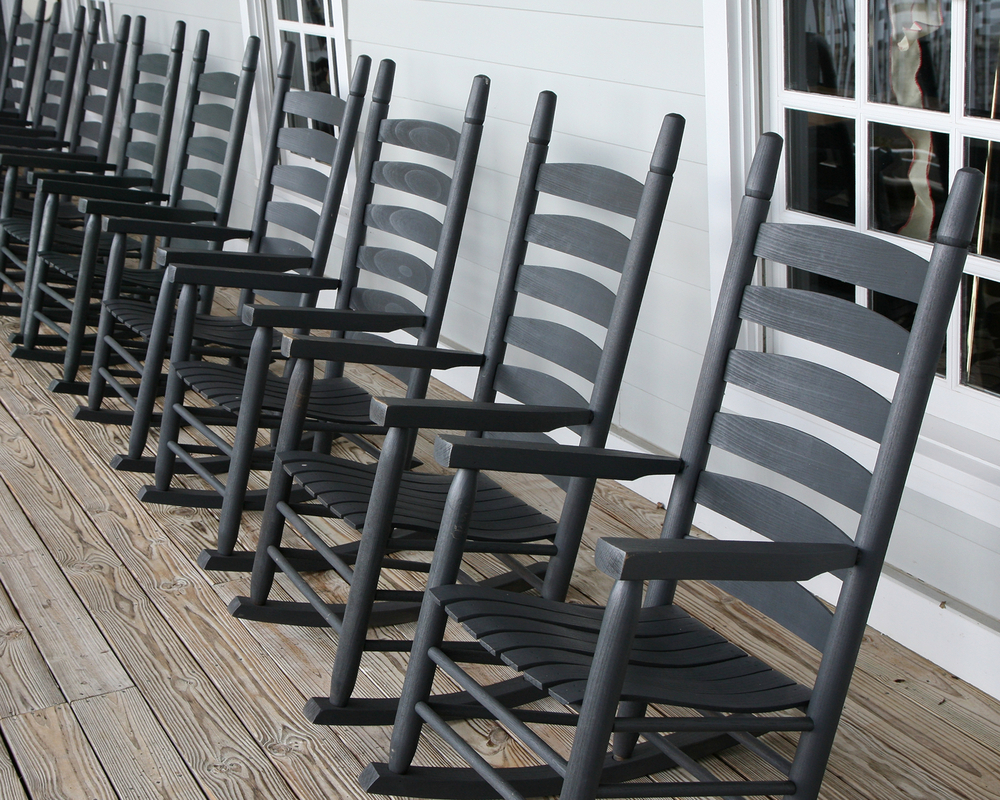Month: December 2017

Amish Furniture
December 19, 2017The Amish community is well-known for their high quality furniture. Many are left wondering how they do it, especially without using electricity. The answer is overwhelmingly skill. By employing tremendous woodworking abilities, handed down from generation to generation, the Amish have developed an extraordinary legacy.
First, the craftsmen choose the right wood for the piece. A nice cherry wood for a table, or a maple or mahogany. Depending on the client’s request, any wood is possible. Without particle board, or shortcuts, they build furniture using hand tools and tools that are powered with diesel compressors alone. The process is slow and laborious, but yields fantastic results.
Why Buy Amish Furniture?
Because it’s good. Furniture from the Amish community is generally very sturdy and lasts a lifetime. They utilize a painstaking attention to detail, so pieces are genuinely cared for throughout the process. Each piece is unique and visitors to your home will notice.
They have an expansive inventory potential. The Amish woodworkers are versatile, and will create anything from chairs to cabinets. There are several variations of style and technique that different sects use. For example, the Shaker and Queen Ann styles differ significantly. The Shaker pieces emphasize simplicity while the Queen Ann pieces include engraved ornamentation.
The process is environmentally friendly, and it promotes local business. The Plain community steadfastly refuses to waste supplies so trees are not torn down in vain. They also often own their own businesses, and purchasing goods from an Amish-run store stimulates the local economy.
Local Amish Craftsmen:
If you’re interested in acquiring some authentic Amish furniture pieces during your stay at the AmishView Inn & Suites, here are a few local locations!
Peaceful Valley Furniture
3347 Old Philadelphia Pike, Intercourse 17534
Fisher’s Quality Furniture
3061 W. Newport Road, Ronks, PA 17572
Gish’s Furniture and Amish Heirlooms
2191 E Lincoln Hwy, Lancaster PA
Dutch Selections
793 Lancaster Pk, Quarryville PA 17566
King’s Kountry Korner
101 Centerville Rd, Gordonville, Pa
Carriage House Furnishings
3572 West Newport Rd. Ronks, PA 17572
Harold’s Oak House
412 Newport Avenue, Christiana, PA 17509

Transportation and The Amish
December 12, 2017The Amish are often recognized by one of two things: their dress, or their buggies. The Lancaster landscape is peppered with gray and black-topped buggies as well as the sound of hooves on asphalt. Visitors to Lancaster are awed by the sight, and surprisingly little is known about the Amish outside their towns. As a result, visitors often ask about how the Amish get around, and we’d like to oblige!
Transportation Preferences
Plain folk prefer modes of transportation that are slower, it’s true. But they’re not limited to horse-drawn buggies – they also use pony carts, scooters, and tractors. Their vehicles usually don’t utilize electricity, and are limited in distance capability. The reasoning is far more complex than its surface implies.
The Amish prefer slower, lower tech transportation because it encourages introspection and community. The longer the trip, the more thinking. Traveling in horse-drawn buggies or scooters allows more time for contemplation. Not consistently being busy zooming here and there leads to fuller, richer living.
Additionally, the Amish heavily depend on each other as neighbors and friends with each trip. Imagine a typical errand trip for you: groceries, appointments, and shopping. It might take three hours, tops. But for the Amish, that same trip would take triple the time. They must rely on the community to watch the kids, or feed the livestock, or even manage the business.
These requests foster relationships, and in turn trust. Having a tight-knit community of reciprocated familiarity and trust is integral to the Amish culture. As much as they’d like to completely travel in this fashion, there are exceptions.
Transportation Exceptions
Typically, the Amish will try alternate methods before resorting to contemporary vehicles. Sometimes the distance is just too great, or the situation is time sensitive. For example, say an Amish business owner hears about a last-minute sale on livestock – but it’s in California. If it’s important enough for his family’s livelihood, he must purchase it. He cannot reasonably be expected to travel there and back, with thousands of pounds of cargo, in a more traditional Amish vehicle. He will instead contact a driver with a truck.
Drivers like this exist all over areas replete with Plain folk. The Amish individual will not drive the vehicle, but in keeping with his church’s guidelines will ride as a passenger. He can purchase the livestock and transport it without risking speed or his beliefs.
Depending on the sect, the Amish can contact drivers for much simpler scenarios. They can also travel on boats and trains – as long as the church approves.
It’s All Relative
Ultimately, the Amish decided to take a step back, and to focus on each other and their religion. With this kind of discipline, they have been able to preserve a deep cultural heritage. Their close-knit community thrives despite lacking some modern technology.